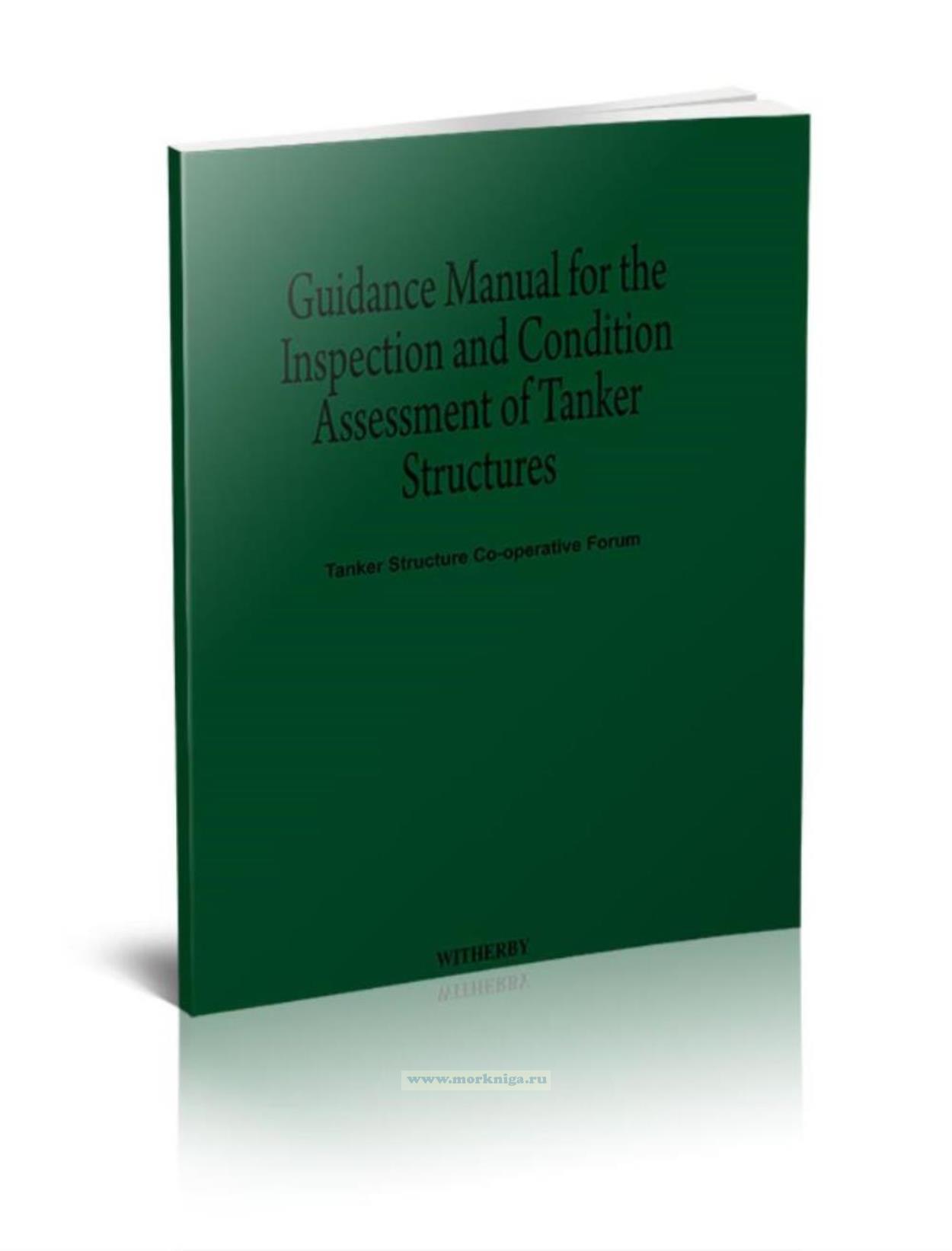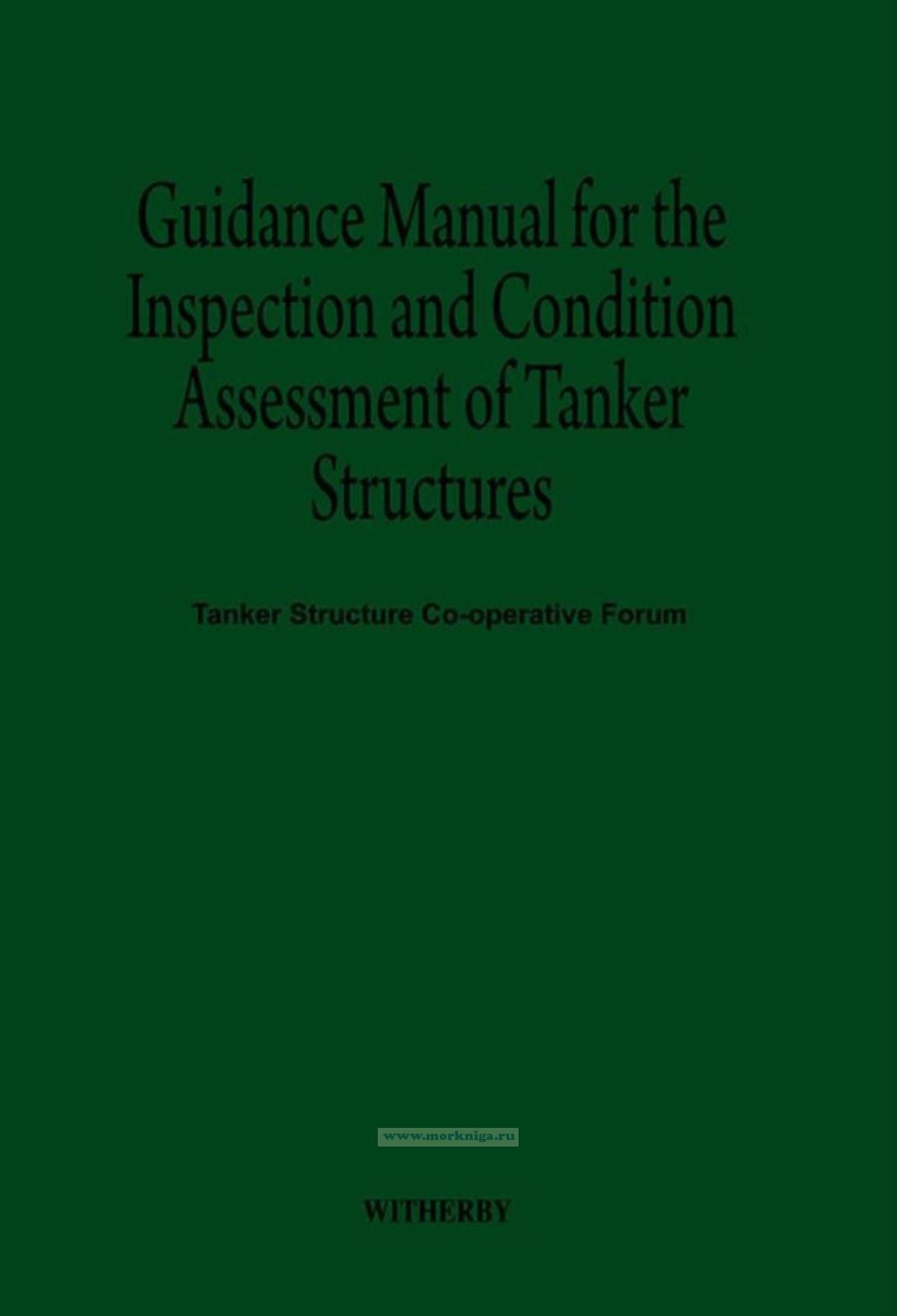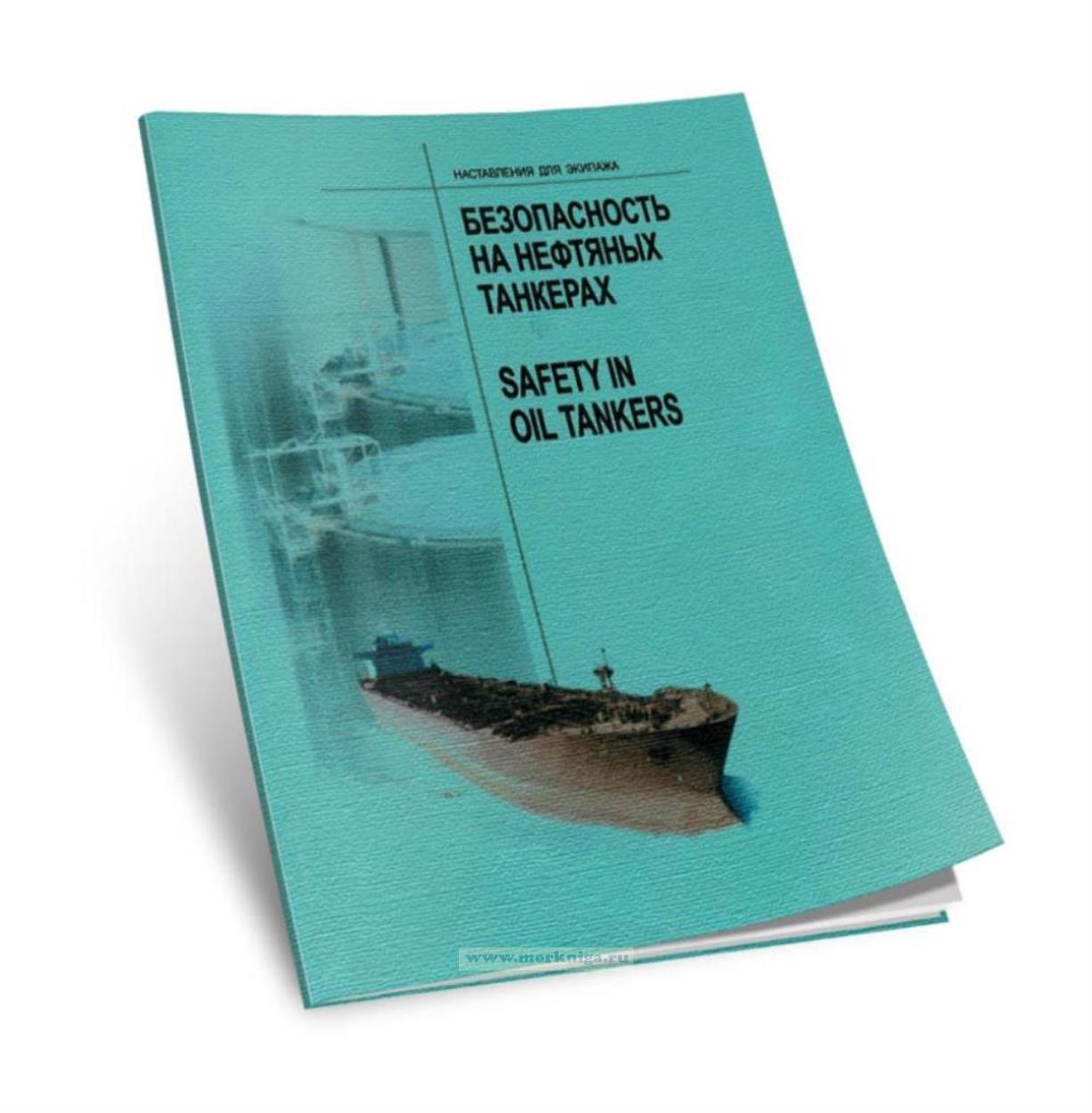Guidance Manual for the Inspection and Condition Assessment of Tanker Structures. Руководство по оценке состояния конструкций танкера
Издание на английском языке
This manual attempts to combine in one document the various sources of information necessary for assessing the condition of ballast and cargo tank structure of tankers in service. The manual is based on the experience and practices of members of the Tanker Structure Cooperative Forum consisting of Owners, Operators and Classification Societies.
The following organisations were members of the Tanker Structure Co-operative Forum at the time of compiling this manual:
American Bureau of Shipping
Andreas Ugland and Sons A/S
BP Shipping Bureau Veritas
Chevron Shipping
Det Norske Veritas
Exxon International Company
Lloyd’s Register of Shipping
Maritime Overseas Corporation
Mobil Shipping and Transportation
Sanko Steamship Company
Shell International Marine
Guidance is given first on survey preparation including a review of requirements, safety aspects, equipment, and details of carrying out and reporting differing types of surveys. The analysis of data follows with the interpretation of wastage and structural defects in terms of the effects on local strength or overall structural integrity. The manual incorporates, where appropriate, the results of Forum activities in areas of corrosion, defects and repairs, ultrasonic gauging and the strength of corroded structural items.
The manual is not intended to set down standards, and in some cases the practices of individual members of the Forum differ on specific aspects, but it gives guidelines in a form which can be adapted appropriately to the particular uses of individual organisations.
Appendix I contains the background to the Forum activities.
Contents
INTRODUCTION
1. SURVEY PREPARATION GUIDELINES
1.1 SURVEY REQUIREMENTS
1.1.1 Class and Statutory Requirements
1.1.2 Owner’s Requirements
1.2 SAFETY AND ACCESS
1.2.1 Safety During Surveys
1.2.2 Access to the Structure
- Permanent Arrangements
- Temporary Staging
- Mobile Platforms
- Rafting
- Remotely Operated Devices
- Use of Divers
- Other Devices
1.3 ULTRASONIC THICKNESS DETERMINATION
1.3.1 Survey Team Qualifications
1.3.2 Basic Equipment Types
1.3.3 Thickness Measurement Accuracy
1.3.4 Measurement Procedures
1.4 TECHNICAL BACKGROUND FOR SURVEYS
1.4.1 Nomenclature
1.4.2 Structural Defects
1.4.3 Corrosion Aspects
- Typical Corrosion Patterns
- Factors Contributing to Corrosion
1.4.4 Corrosion Control Systems
2. SURVEY EXECUTION GUIDELINES
2.1 GENERAL PLANNING REQUIREMENTS
2.2 CLASSIFICATION SOCIETY SPECIAL SURVEY/IACS UNIFIED REQUIREMENTS
2.3 GENERAL CONDITION SURVEY 20
2.4 DETAILED CONDITION SURVEY
2.5 CORROSION RATE SURVEY REPAIR SPECIFICATION SURVE
3. SURVEY DATA ANALYSIS GUIDELINES
3.1 METHOD OF ASSESSMENT
3.2 STRUCTURAL INTEGRITY
3.3 ACCEPTANCE CRITERIA
3.4 REPAIR METHODS
3.4.1 General Corrosion
3.4.2 Local Phenomena
BIBLIOGRAPHY
APPENDIX I Background to Forum Activities
APPENDIX II International Association of Classification Societies: Unified
Requirements for the Special Hull Surveys of Oil Tankers
APPENDIX III International Safety Guide for Oil Tankers and Terminals:
Extract, Chapter 10 — Entry into and Work in Enclosed Spaces’
APPENDIX IV Catalogue of Structural Detail Failures
APPENDIX V Forms and Procedures for Data Collection and Reporting


 Безопасность на нефтяных танкерах (наставления для экипажа). Safety in oil tankers
Безопасность на нефтяных танкерах (наставления для экипажа). Safety in oil tankers